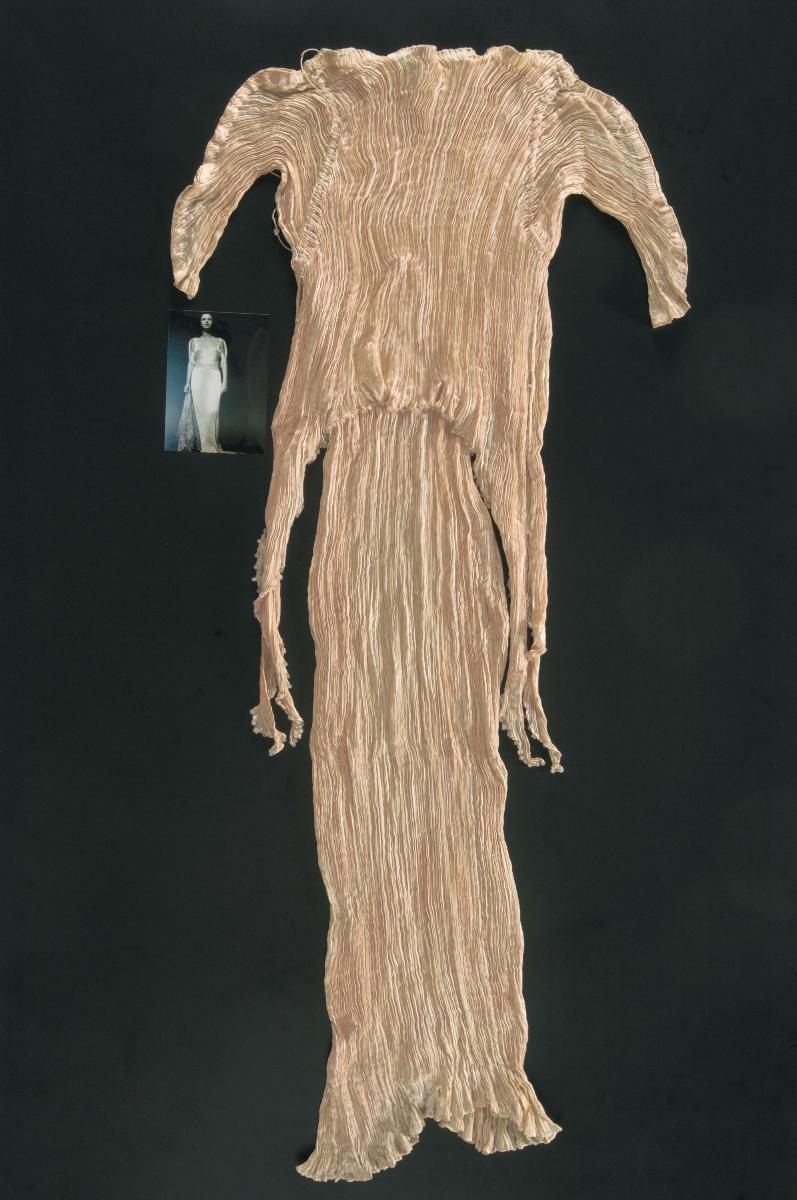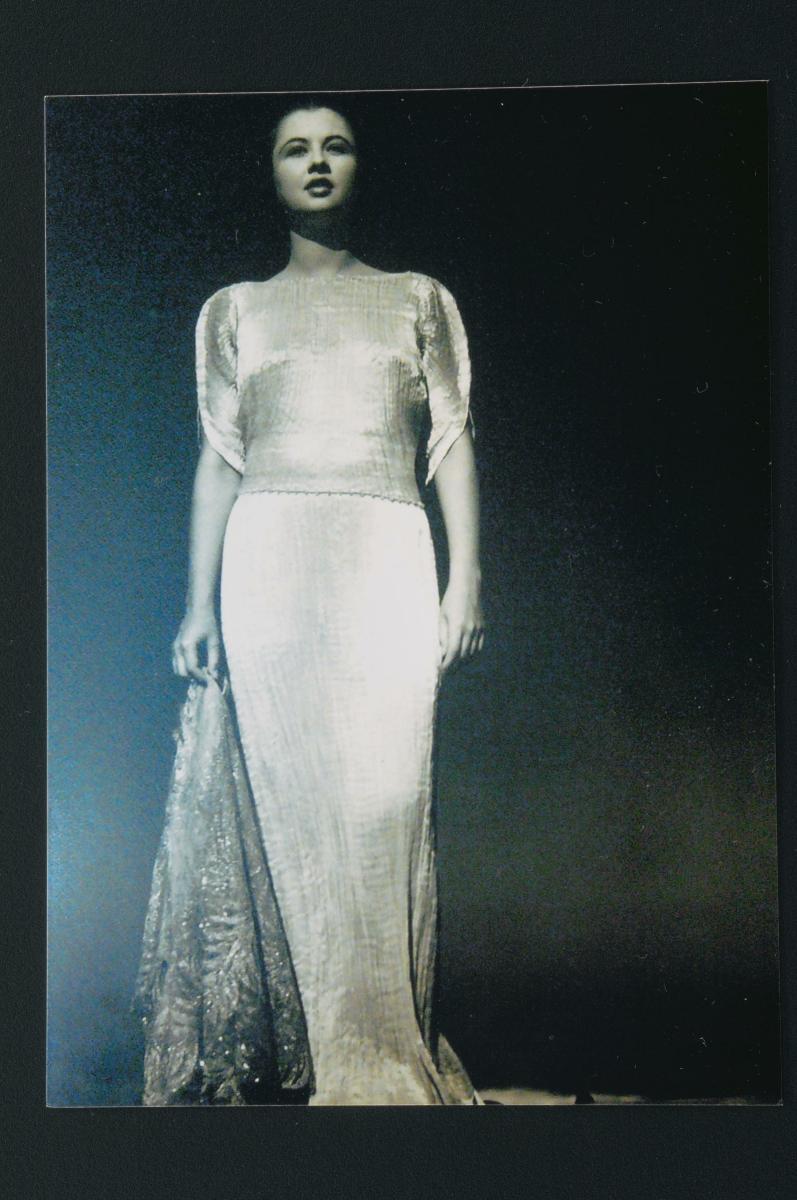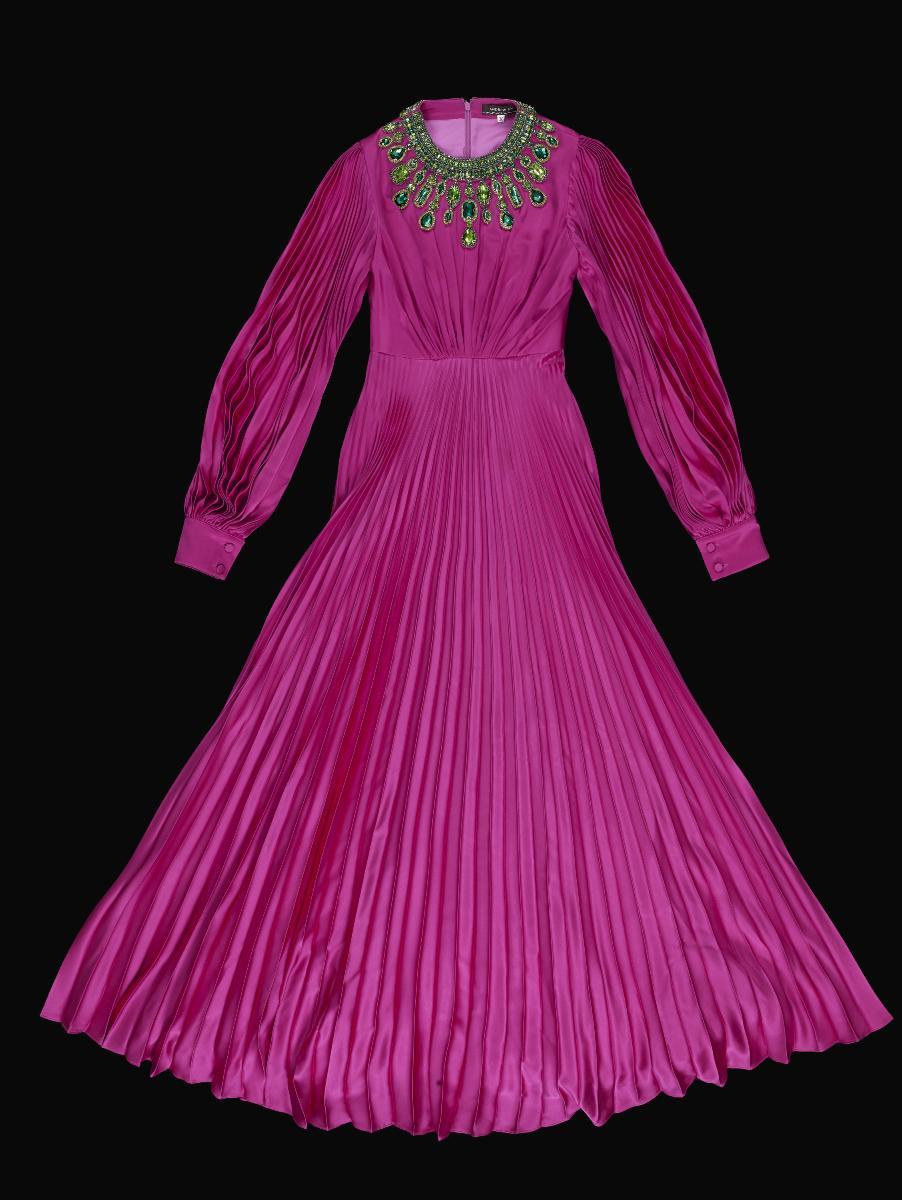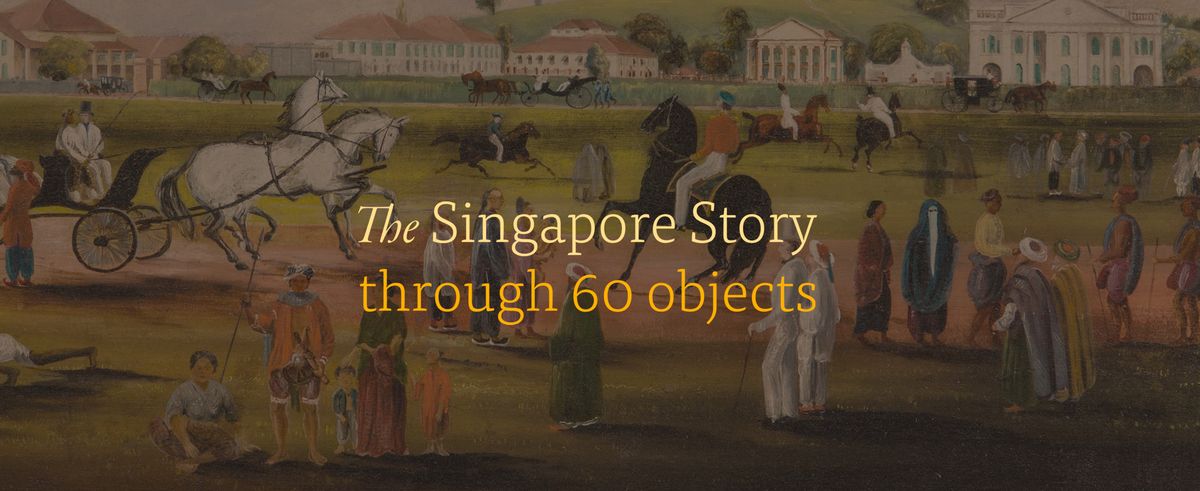This beige Delphos gown has an adjustable cord at the shoulder and is embellished with white Venetian glass beads along the sleeves and the hanging panels of the tunic. Born in 1871 in Spain, Mariano Fortuny was both a designer and an inventor. Apart from being an accomplished painter, he was also a photographer, sculptor, and a theatrical lighting and stage designer. The prolific designer registered more than 20 patents in Paris for stage lighting systems and textile printing processes between 1901 and 1934. Fortuny had ventured into textiles production in the late 1890s. Drawing inspiration from Eastern tapestries and Grecian robes, he began to design pleated dresses and cloaks using a special pleating technique which he invented and patented in 1909. These pleated dresses came to be known as Delphos gowns. They were loose-fitting, cylindrically shaped gowns with wide necklines, batwing sleeves and adjustable cords at the shoulders. Venetian glass beads were used both as embellishments and weights to hold down the dresses such that they clung to the contours of the body. Fortuny’s Delphos gowns were considered revolutionary at a time when corsets were de rigueur for women.















